Berger & Gallardo – “Chanson – Vocalise”
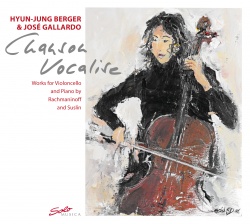 Artists: Hyun-Jung Berger & José Gallardo
Artists: Hyun-Jung Berger & José Gallardo
Title: “Chanson – Vocalise” – Works for Violoncello and Piano by Rachmaninoff and Suslin
Catalogue No.: SM 165
Release: 16.01.2012
Description
The fate of Viktor Suslin, born in Miass in the Urals on June 13, 1942, has been similar to that of Rakhmaninov. He saw no future in the Soviet Union of the 1960s and 1970s, in which many works by contemporary composers were declared undesirable or prohibited. The Chanson contre raison and Ton H presented here provide insight into the private world of a great composer who deserves much more attention than he gets. Both compositions utilize scordatura.
Hyun-Jung Berger: „Since winning not only the first prize but also the prize for the best interpretation of a Romantic composition – our beloved Sergey Rakhmaninov Sonata – at the International Competition in Trapani, José Gallardo and I have frequently performed that magnificent work as well as the Vocalise. Our love for Rakhmaninov has grown ever deeper. – The two of us met Viktor Suslin personally in at several concerts, and we have become friends. I have often played Ton H with José, mostly in combination with Chanson contre raison. We hope that our affinity and love for them will be felt by our listeners.”
Tracklist
Sonata g-minor op.19 for violoncello and piano (1901)
1. Lento – Allegro moderato
2. Allegro scherzando
3. Andante
4. Allegro mosso
„Vocalise“ e-flat minor op.34/14
for violoncello and piano (first version 1915 )
5. Lento
Viktor Suslin (*1943)
6. „Chanson contre raison“ (1984)
Sonata for Violoncello solo
7. „Ton H“ for violoncello and piano (2001)
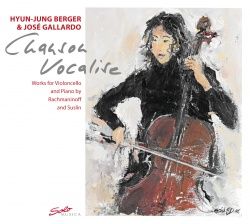

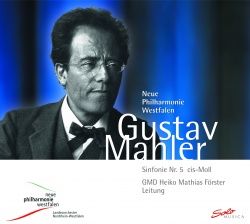
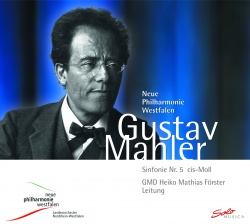 Artists:
Artists: 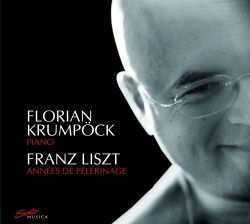
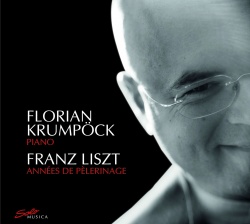
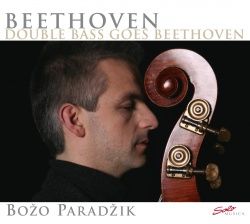
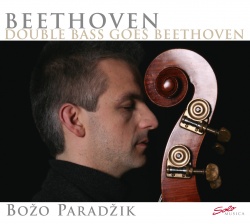
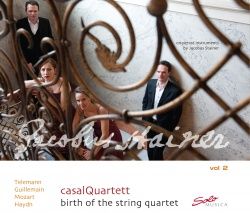
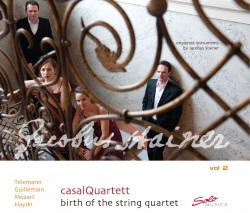
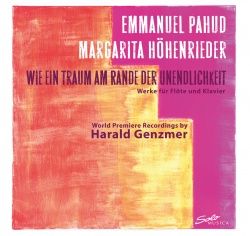
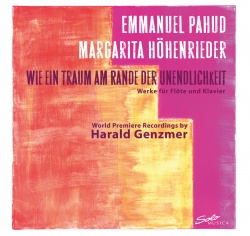 Artists:
Artists: 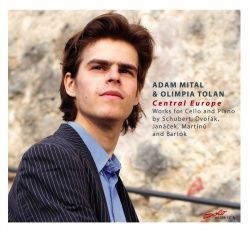
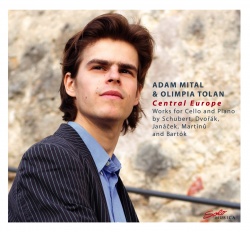 Artists:
Artists: 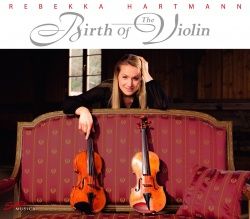
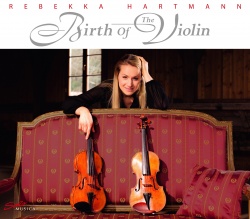 Artists:
Artists: 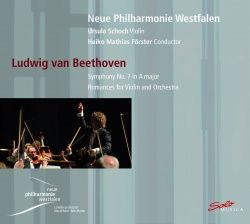
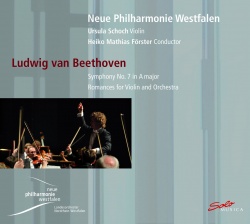 Artists:
Artists: 
 Artists:
Artists: